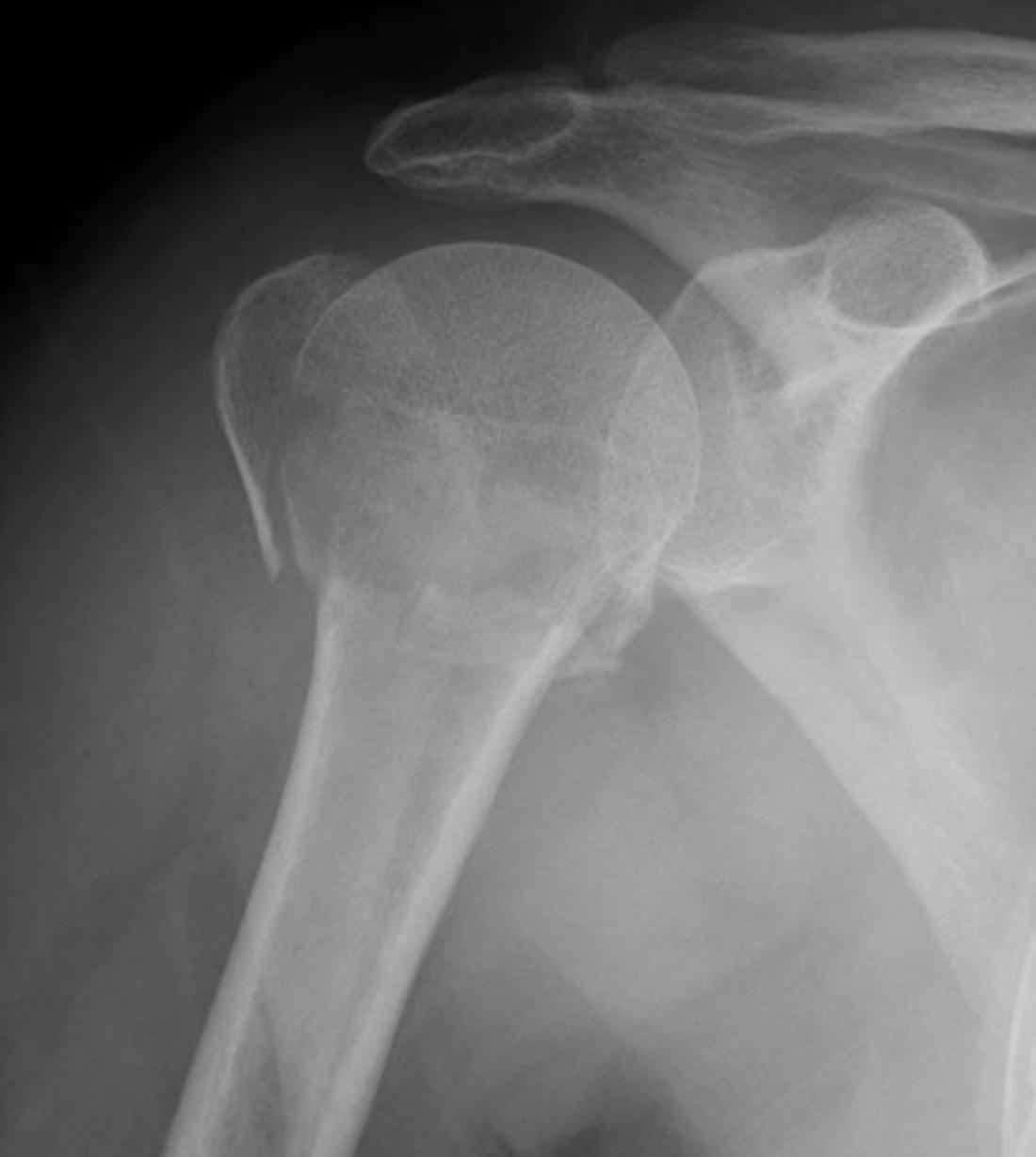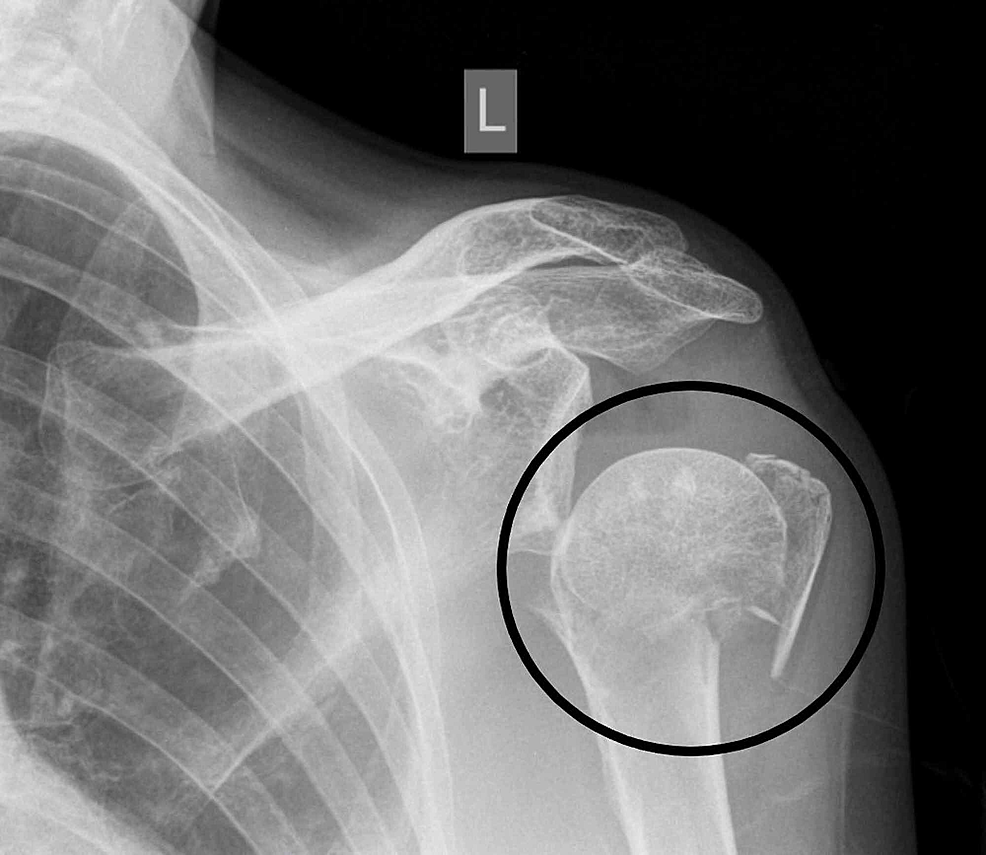

Elbow should be placed in 90 degrees flexion and forearm in midprone position. Three point moulding, interosseous moulding and straight ulnar border is required. This fracture is suitable for a local anaesthetic, manipulation and plaster (LAMP)or procedural sedation in the ED, provided that there are appropriate resources and accredited personnel at your health serviceĪbove-elbow cast for 6 weeks. Table 1: ED management of radial shaft (diaphysis) fractures What is the usual ED management for this fracture? Forearm fractures with elbow or wrist dislocations (Monteggia and Galeazzi)ĩ.Unable to achieve or maintain reduction (including if ED is not experienced in fracture reduction, splinting or casting).

Indications for prompt consultation include: Post reduction x-rays in the cast must be performedĨ. If the deformity can only be seen on x-ray, it may need a reduction. If the forearm looks deformed clinically, the fracture will usually need a reduction. Any fracture with demonstrable rotation should be referred for an orthopaedic opinion.Īngles post-reduction should be within the same parameters for acceptable limits of alignment (see Table 1). However, as rotation is very difficult/impossible to quantify on x-rays. Up to 45 degrees of rotation is acceptable. *Adapted from Price (2010) and Parikh et al (2010). Table 1: Acceptable angulations for shaft fractures of the radius. When is reduction (non-operative and operative) required? These fractures should be referred to the nearest orthopaedic service on call.ħ.

These fractures should be referred to the nearest orthopaedic service on call.Īn isolated radius fracture may be associated with dislocation of the distal radioulnar joint (Galeazzi fracture-dislocation or Galeazzi equivalent). Īn isolated ulna fracture may be associated with dislocation of the radial head (Monteggia fracture-dislocation). In single bone fractures, the proximal and distal radioulnar joints should be carefully inspected on x-ray. There is also a greenstick fracture of the midshaft ulna. The radial greenstick fracture is more clearly seen on the lateral x-ray than the AP.įigure 3: 10 year old boy with transverse fracture of the diaphysis midshaft.

In this case, there is also a dislocation of the radial head (Monteggia fracture-dislocation).įigure 2: AP and lateral x-ray of forearm showing greenstick fracture of radius and ulna in the middle third of a five year old. Notice that the ulna border is not straight (shaded area).įigure 1: Plastic deformation (red line) of one bone is usually associated with a fracture of the other forearm bone. Normal ulna with straight border (red line). TIP: On x-ray, the normal ulna is straight and the normal radius is bowed. Plastic deformation is often unrecognised. What do they look like on x-ray? Plastic deformation If the elbow and wrist are not adequately visualised, AP and lateral views of these joints should be obtained to eliminate Monteggia fracture-dislocation, supracondylar humeral fracture, lateral condyle fractureand Galeazzi fracture-dislocation. True anteroposterior (AP) and lateral views to include the wrist and elbow joint (whole forearm) should be ordered. What radiological investigations should be ordered? There may be only subtle findings with plastic deformation and greenstick fractures. In displaced fractures, there is usually deformity, pain and tenderness directly over the fracture site and limited range of forearm rotation (supination and pronation). Direct impacts can cause an isolated fracture of one bone, more commonly the ulna. Rotational forces through the forearm can cause the fractures of the radius and ulna to be at different levels. The most common mechanism is a fall onto an outstretched hand. They are the most common open fracture in the upper extremity for the paediatric population. The rate is approximately 1 in 100 children per year. How common are they and how do they occur?


 0 kommentar(er)
0 kommentar(er)
